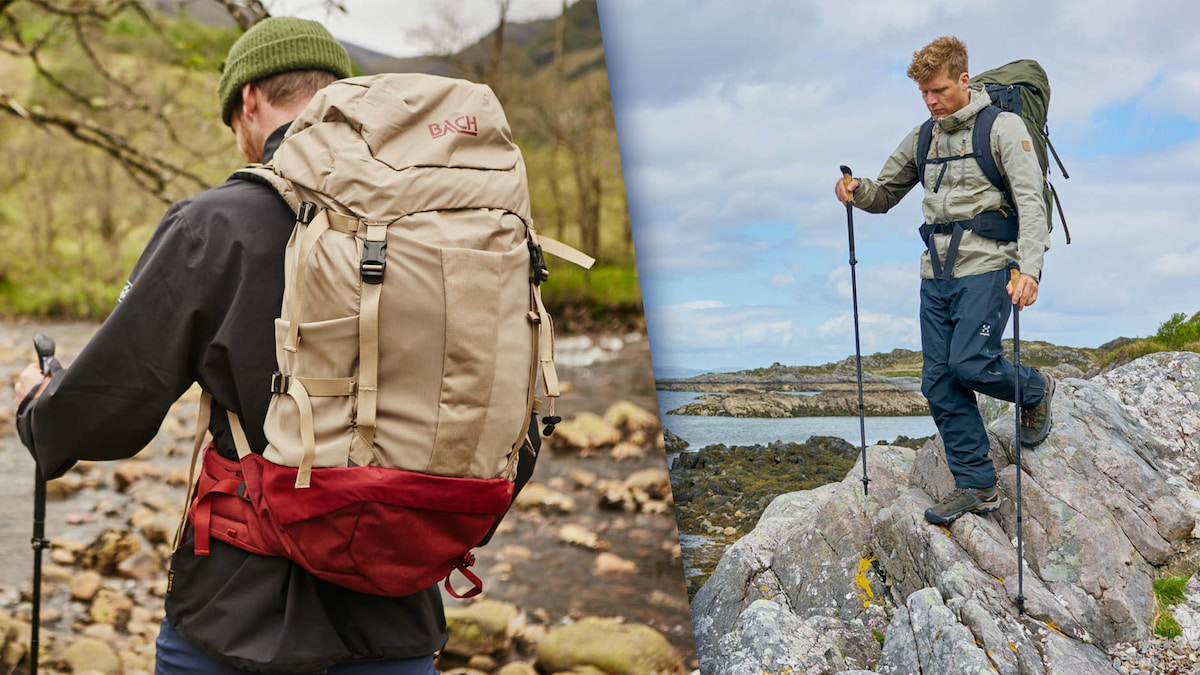Daypacks
A daypack is a compact form of a lightweight backpack, large enough for a few small items and is often reserved for shorter day outings. Daypacks are the backcountry’s bread and butter, allowing you to experience everything life offers while keeping the basics close at hand. Most daypacks have capacities ranging from 15 litres to 35 litres on the upper end. While a smaller backpack is generally adequate for half-day treks, you’ll need a larger pack in the 35-litre range for all-day walks to carry additional water, food, clothes, and the ten hiking essentials.
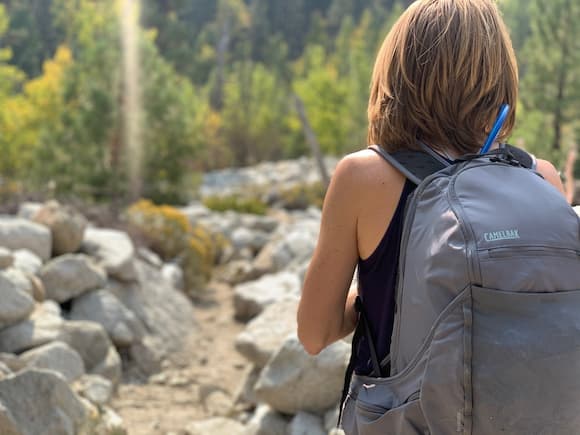
A hiking daypack may have cushioning to make it more comfortable. However, most daypacks are designed to be packable and not worn for extended periods, so they lack cushioned shoulder straps. Some daypacks include a tiny hip strap that snaps around your waist and a sternum strap over your chest. This will hold it close to your body and keep it from flopping about while hiking or jogging.
Daypacks’ size and restricted carrying capacity offer you more material alternatives, depending on whether you are looking for something stylish to stroll around town with or merely a sturdy hiking daypack. So with that being said, daypacks can be made of canvas, leather, or synthetic material.
Expedition Backpacks
Your regular daypack, which you use for a day’s worth of hiking, will not be sufficient for a multi-day expedition. When day packing, you’re likely only to have your backpack and a few essentials for the whole day, so fit and comfort are less important than when you’re carrying your bag for several days. Not only will you be carrying all that heavy load, but you will also be traversing uneven and steep terrain, making the fit and design of your bag all more important.
The good news is that the best brands that create your everyday daypacks also make some of the best hiking and expedition backpacks. These brands have put a lot of thought into making the greatest hiking and camping packs possible. An expedition backpack is meant to carry your goods on multi-day journeys such as camping, hiking, and other outdoor activities. They offer a larger carrying capacity than standard backpacks and several extra features, such as a detachable top cover or a sleeping bag compartment.
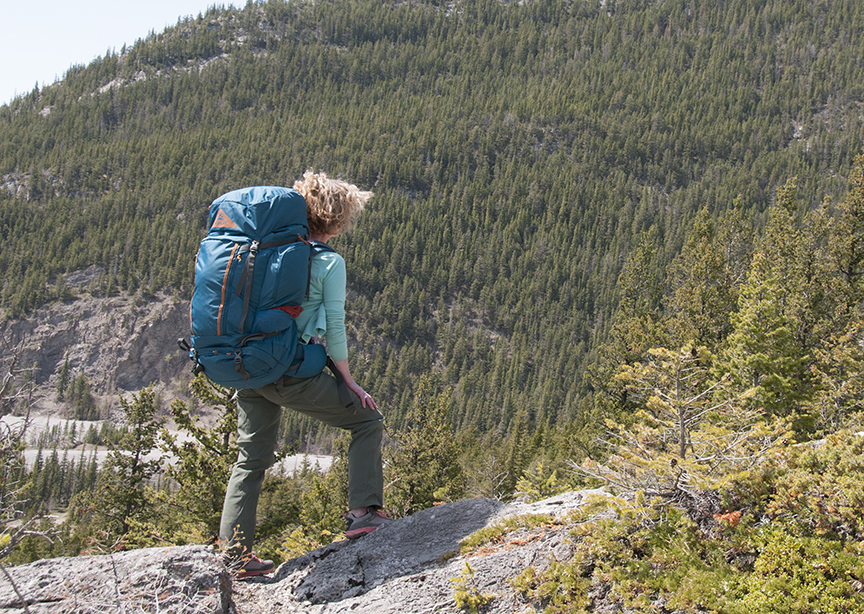
Most expedition backpacks include an internal frame that allows the weight to be transferred from the shoulders to the hips through the hip belt. Carrying a heavy load is easier if the weight is properly distributed to the hips. Also, many studies indicate that wearing a hip belt promotes your hiking balance while decreasing the effort you put in.
Storage
The volume of a backpack is measured in litres, so the higher the number of litres, the larger the pack. Such backpacks provide considerable storage space for longer-than-five-day expeditions. However, keep in mind that the necessary capacity of a backpack is heavily dependent on the equipment and supplies that you carry.
Winter treks, for example, involve carrying a lot of extra equipment such as crampons, gaiters, insulated clothes, and so on, meaning a larger pack will do you better. However, a backpack should be appropriately packed/filled to be steady on your back; hence, you should only get a large enough bag for your needs. Don’t be tricked into buying the largest backpack there is, as this will only add unneeded weight to your load.
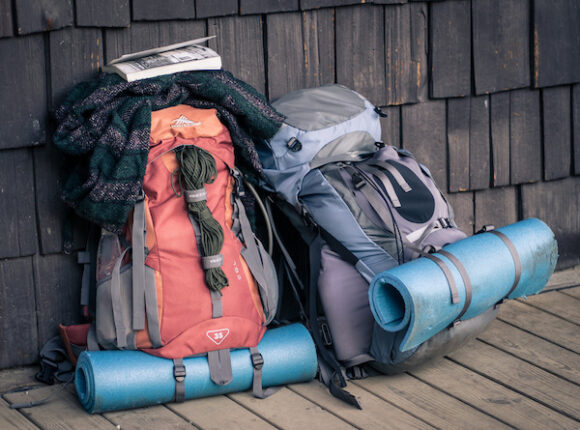
Expedition backpacks are the behemoths of the backpacking world, with capacities ranging from 80 to 110 litres or more. The 100+ litre expedition backpack includes a roll-top canvas neck for weatherproofing and an alpine racking system on the back for ice tools, crampons, snow shovels, or sleeping mat, boots, and wet clothing. These enormous adventure backpacks are suitable and only worn by outdoor professionals.
While all top packs have a reasonable amount of compartments to keep your stuff organized, the best hiking backpacks also provide several extra storage pockets. External connection hooks for sleeping bag loops for hiking poles or skis are helpful. Consider the equipment you will be taking on your walk and make sure the backpack you want to buy can support it.
Fit
When planning a multi-day hike, the most crucial consideration must be how comfortable the pack is to wear. It doesn’t matter how many features your backpack has; if your back hurts an hour or so into your walk, you’re not going to have a pleasant time. The best model for your back fits you comfortably, and how your backpack fits plays a huge role in this.
Check that the backpack fits your torso length, which is the distance from the base of your neck to the tops of your hip bones. The hip belt should fit snugly over your hipbones. Ensure that the belt is snug enough so that you can feel the majority of the backpack weight at your hips rather than your shoulders; that the shoulder straps are nice and snug so that the pack fits close to your back; and that Make sure the sternum straps are tight enough so that the shoulder straps are pushed inwards, allowing your arms to move around freely.
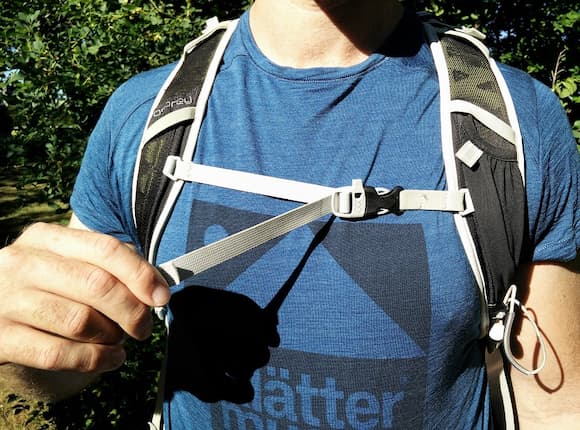
Other Features
The best hiking backpack is waterproof or water-resistant, at the very least. While most of the best backpacks are water-resistant, they will not save you in a downpour. However, it will keep your contents safe while you search for your rain cover and cover your luggage for a certain amount of time. A water-resistant pack also protects your belongings if you drop your pack anywhere with water or moisture on the ground.
The back panel is an essential backpack feature because it allows sweat from your back to evaporate rather than soaking through your clothes and the bag. The adventure backpacks in this evaluation include vented back panels that are ergonomically built. Some also have a hanging mesh fabric that creates a space between your back and the backpack to allow air to circulate through.
